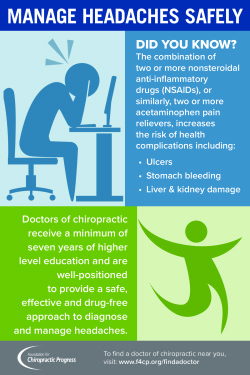The Mechanics And Effects Of Cold Laser Therapy: Revealing The Scientific Comprehending
The Mechanics And Effects Of Cold Laser Therapy: Revealing The Scientific Comprehending
Blog Article
Content Writer-Bendix Roberson
You may have come across cold laser therapy as a promising therapy alternative for different conditions, but have you ever wondered just how it in fact works with a mobile level? Recognizing the mechanisms behind this treatment can shed light on its performance in promoting healing and reducing inflammation. By discovering the science behind cold laser treatment, you'll gain understandings into the remarkable methods which light can influence cellular processes and assist in cells repair.
Just How Cold Laser Therapy Works
To comprehend how cold laser therapy functions, you need to realize the fundamental principles of exactly how light power interacts with organic cells. Cold laser therapy, likewise referred to as low-level laser treatment (LLLT), utilizes particular wavelengths of light to pass through the skin and target hidden tissues. Unlike the intense lasers used in operations, cold lasers emit reduced levels of light that don't produce warmth or create damage to the cells.
When these gentle light waves get to the cells, they're soaked up by elements called chromophores, such as cytochrome c oxidase in mitochondria. This absorption sets off a series of organic feedbacks, consisting of raised mobile power production and the release of nitric oxide, which enhances blood flow and lowers inflammation.
Additionally, the light power can additionally boost the manufacturing of adenosine triphosphate (ATP), the energy currency of cells, aiding in mobile repair and regeneration procedures.
In essence, cold laser therapy harnesses the power of light power to promote healing and ease discomfort in a non-invasive and mild fashion.
Mechanisms of Activity
How does cold laser treatment really work to create its therapeutic impacts on biological cells?
lasers greenwich , also referred to as low-level laser treatment (LLLT), runs via a procedure referred to as photobiomodulation. When the cold laser is put on the skin, the light power passes through the cells and is absorbed by chromophores within the cells.
can stress age your face , such as cytochrome c oxidase in the mitochondria, are after that stimulated by the light power, causing a waterfall of organic reactions. One key mechanism of action is the enhancement of cellular metabolic rate.
The taken in light power boosts ATP production in the mitochondria, which is essential for cellular feature and repair service. In addition, cold laser therapy aids to reduce inflammation by hindering inflammatory moderators and promoting the release of anti-inflammatory cytokines.
https://www.medicalnewstoday.com/articles/plasma-fibroblast anti-inflammatory impact adds to pain relief and cells recovery.
Therapeutic Effects
Understanding the restorative effects of cold laser therapy includes acknowledging how the boosted cellular metabolic rate and anti-inflammatory properties add to its positive end results on biological tissues.
When the cold laser is related to the damaged area, it stimulates the mitochondria within the cells, causing enhanced manufacturing of adenosine triphosphate (ATP), which is crucial for mobile feature and repair work. This boost in cellular power speeds up the healing procedure by advertising tissue regrowth and decreasing inflammation.
Moreover, the anti-inflammatory homes of cold laser treatment help to decrease discomfort and swelling in the targeted area. By preventing inflammatory arbitrators and promoting the release of anti-inflammatory cytokines, cold laser therapy help in easing discomfort and boosting the general recovery reaction.
This reduction in swelling not only gives instant relief however also supports lasting tissue repair.
Conclusion
In conclusion, cold laser treatment works by boosting mobile fixing and tissue regrowth via photobiomodulation. Its anti-inflammatory residential properties offer discomfort alleviation and decrease swelling by inhibiting inflammatory arbitrators.
This treatment uses a detailed approach to recovery, delivering both prompt relief and long-term tissue repair work advantages.
With its devices of activity, cold laser treatment shows to be an effective and encouraging therapy choice for a selection of conditions.
